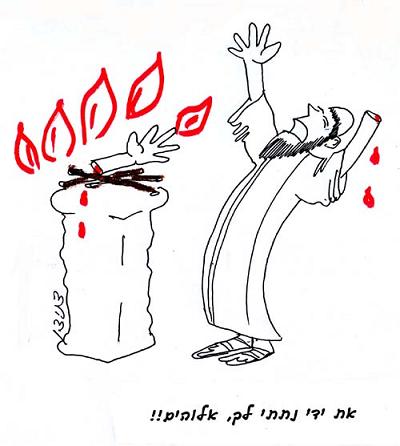
In the days of the Holy Temple, a person who had sinned would bring a sacrifice to atone for his sin. As part of the ritual of atonement the priest would have to wring the bird’s neck and throw the blood on the wall of the altar. It is written, “And wring the neck [of the bird]…and sprinkle the blood of the sacrifice on the wall of the altar” (Leviticus 5:8-9). The priest who throws the blood on the altar must be physically whole and healthy. A priest who suffers from a deformity like amputation or a defect like lameness or blindness is invalid to work in the Holy Temple, and his work does not bring atonement. One of the sages asked: what is the rule if the priest threw the blood at the altar and while the blood was in the air, before it reached the wall of the altar, the priest’s hand was cut off? What are the issues under debate? Does the priest have to be whole, not missing limbs, merely when he throws the blood, or also when the blood reaches the wall of the altar? (The Talmud ruled that the priest must also be whole when the blood reaches the altar wall.)
(Babylonian Talmud, Tractate Zevachim 15a)
